Last weekend I took action for more climate justice with my twelve-year-old daughter. We marched with 85,000 people in the Amsterdam Climate March. Many of the demonstrators included children and the elderly. It’s wonderful to fight for the same goal despite such a huge difference in generations! I enjoyed the colorful company around me.
Moral dilemma
I experienced the Climate March as one big warm bath of united people. The hot bath was decorated with very nice display boards; by”I like my fries hot, not my airplanet” to “Why do homework when you can save the world” (my own Greta Thunberg-imprinted board). Together we sang protest songs and asked, “What do we want?
– Climate Justice – When do we need it? – Now!”. It reminded me of Dutch Design Week
A few weeks ago, I joined other scientists in the ‘Climate Future Now!’ I attended the session. It was allowed to organize, which also resulted in a small demonstration. It is the same warm bath of unity.
That warm bath suddenly turned cold when we arrived at the stage at the Museumplein, the final destination of the Climate March. Speakers on stage shifted the focus from the climate issue to the plight of Palestine. The sentence about the river and the sea fell among the large audience in the museum square and a moral dilemma arose: should I still chant along with the group as I have been doing for the past two hours or should I just keep my mouth shut now? close? You didn’t want to put hurtful words in your mouth, but at the same time belted out the same songs and chants with everyone around you. What people do when they don’t know what to do with that moral dilemma: run away. My daughter and I are like that.
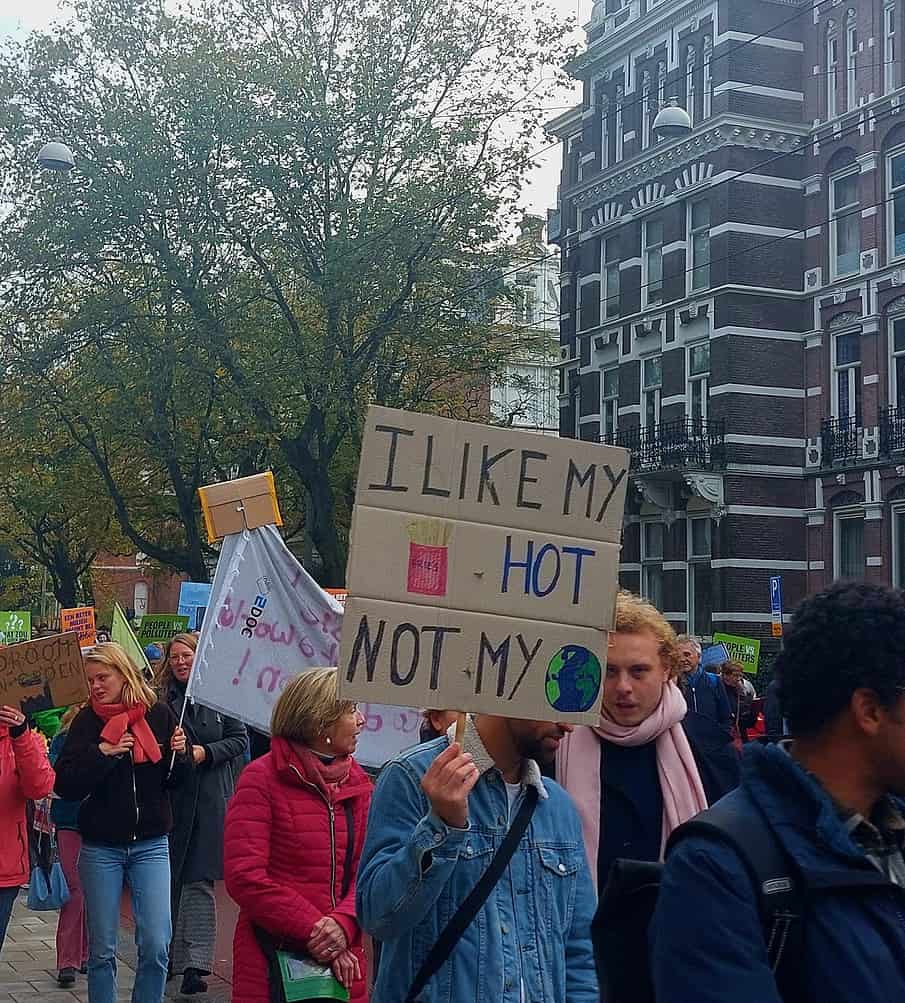
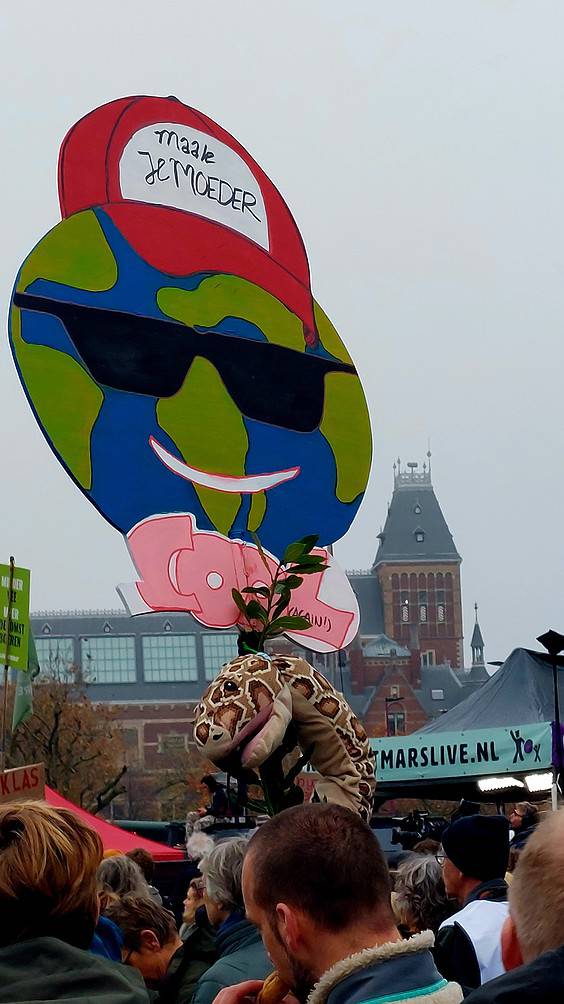
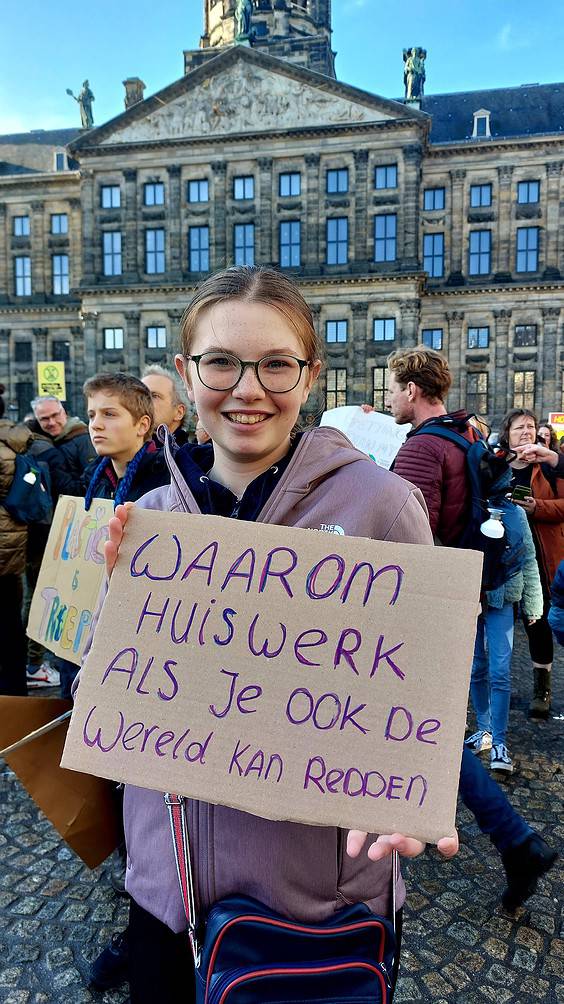
From Universal to Diversity
In the days that followed I kept thinking about the incident with a sense of humor
of emotions. On one hand, proud of my daughter who expressed so much enthusiasm for a better future, on the other hand, surprised to see a 180-degree change in the atmosphere. What exactly happened there? For the past few months I have been scientifically exploring the multiverse design paradigm and suddenly realized that what I see here in practice is exactly what is described in science. The multiverse design paradigm opposes the universal paradigm, in which only one perspective or narrative dominates.
Adherents of the multiverse design paradigm say that the world actually consists of multiple worlds, and that all of those worlds, with their own perspectives and stories, can and should exist. In the Pluriverse design paradigm, strength lies in diversity and mutual differences are seen as something that is adaptive and nurturing. Proponents of the plural design paradigm argue that the universal design paradigm leads to feelings of oppression and that the conscious or unconscious imposition of a guiding narrative is accompanied by resistance. It doesn’t solve problems, it makes problems bigger.
During the Climate March, all demonstrators, despite their differences, were united. power
The demonstration was precise in its diversity: from young to old, right to left, atheist to believer, male to female. We were a big diverse collective. Things went wrong when the speakers on the platform tried to turn that unity into a universal fist. They tried to impose a guiding narrative, which led to resistance. Here too it did not solve the problems but caused division. When you try to universalize unity, you ignore the existence of differences. It does not have a synergistic effect but rather a polarizing effect.
Ready to connect
In recent months, I have read the research of scientists from all over the world who are all determined to find connection by embracing and nurturing differences. From New Zealand to Hawaii, scientists around the world are using the Pluriverse design paradigm to foster diversity and see interactions between different interests and stakeholders. They seek connection by embracing differences rather than ignoring them. I think everyone is ready for a very different design paradigm, not just in design science, but in fact from the Climate March to politics.

“Introvert. Communicator. Tv fanatic. Typical coffee advocate. Proud music maven. Infuriatingly humble student.”




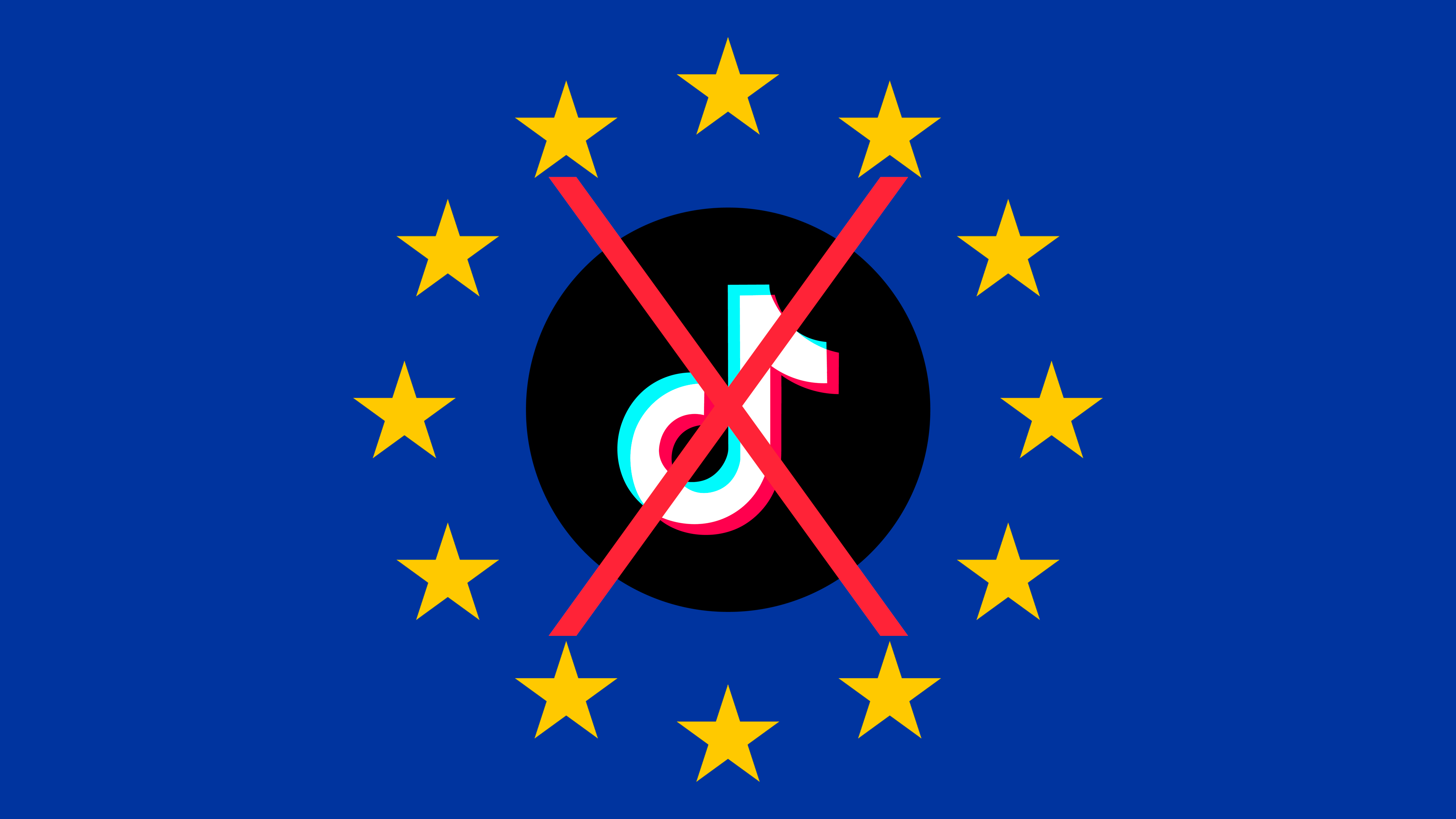

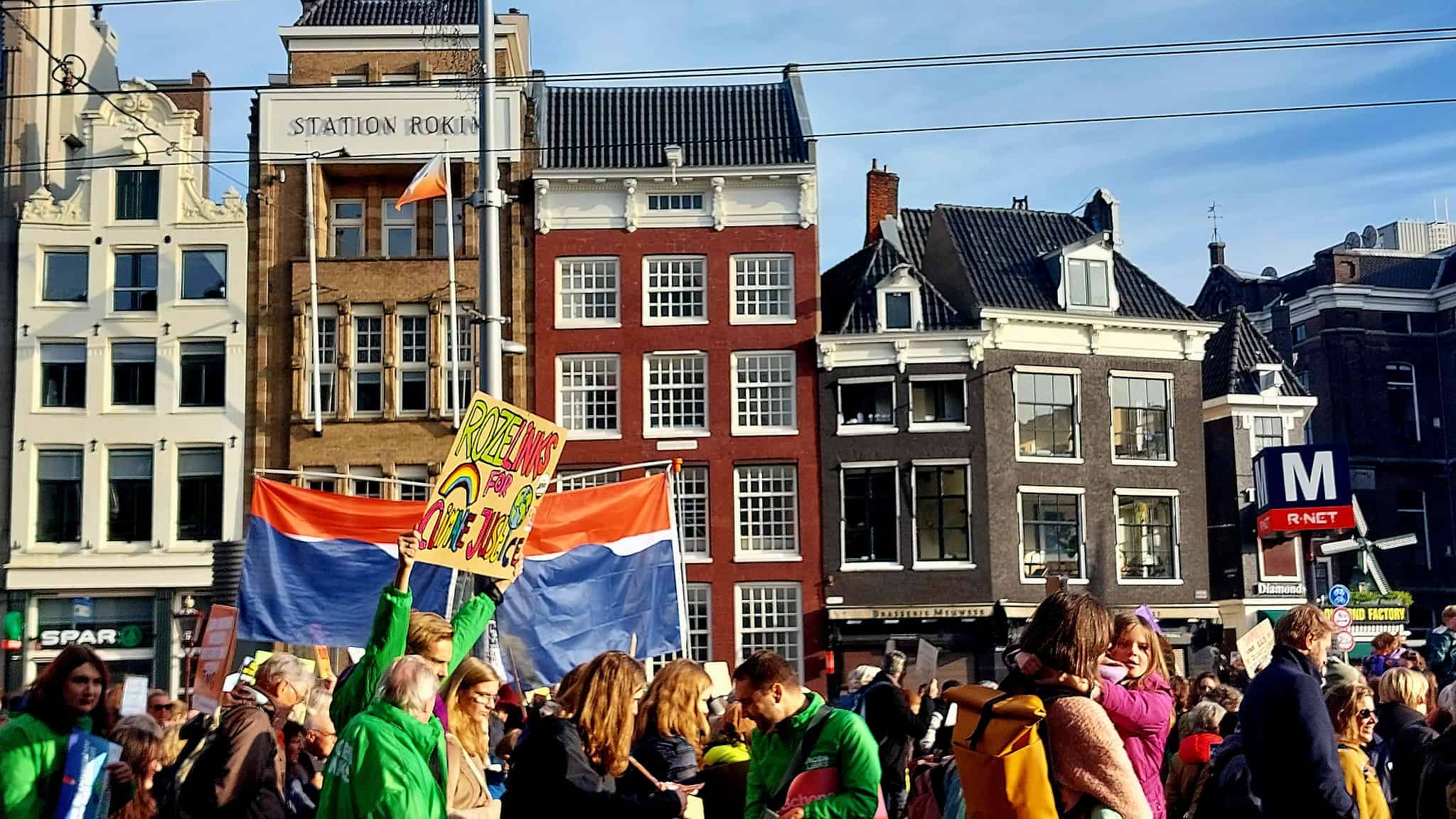
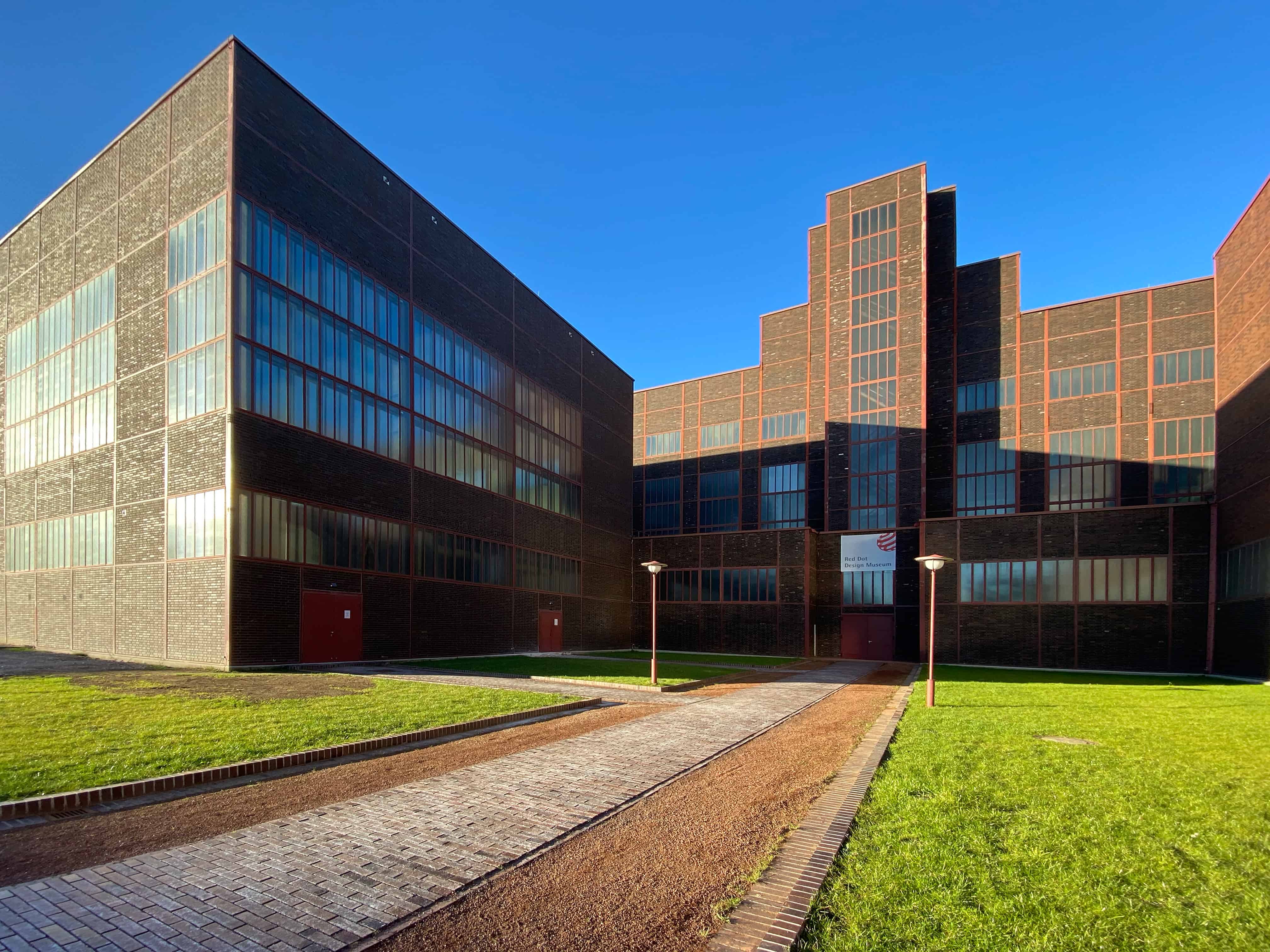



More Stories
After TikTok was banned in the US, Europe is also speaking out
Bitcoin.org Owner Alert: America Wants To Outlaw Bitcoin!
Hurring and Whyte win DPNZ Tour in New Zealand